When you hear the word ‘violin’, what image comes to mind? For many, it likely conjures up images of elegant musicians performing classical music at the forefront of an orchestra. Until recently, I, too, associated the violin solely with classical music. But once you discover the electric violin, you’ll realize how much more there is to the world of violins! Whether you’re someone unfamiliar with classical music or a violinist eager to explore new genres, I hope this introduction will spark your interest in electric violins!
■ What Is an Electric Violin?
An electric violin refers to a violin that amplifies its naturally acoustic sound through electronic means (similar to the concept of acoustic vs. acoustic electric guitars). Another term you might hear is ‘Silent Violin’ (a trademark of Yamaha Corporation). These violins often have a distinctive, streamlined appearance designed to reduce weight, as shown in the picture below.
PLAYTECH / PSV100BR Electric Violin 4/4 Size Brown
■ Uses of an Electric Violin
So, in what scenarios are electric violins typically used? There are two main uses: ① Performances and ② Practicing at Home.
① Performances
Earlier, I mentioned that discovering the electric violin will make you realize how much more there is to the world of violins, and one of the best ways to experience this is by watching an electric violinist perform!
Music Genre: Anime Song
“Gurenge” by Heian Shiki Butei Kintai
Here’s a cover of “Gurenge” by the electric violin unit Heian Shiki Butei Kintai, who debuted in 2019. Their unique style of dancing while playing the violin is fresh and cool!
Music Genre: Jazz & Rock
“Enigmatic Ocean” by Jean-Luc Ponty
Next up is Jean-Luc Ponty, a French violinist who started performing with electric violins in the 1970s and 80s. He holds a prominent position in the world of electric violins!
As you can see, electric violins are perfect for performances across various music genres, far beyond the classical realm.
② Practicing at Home
As the name ‘Silent Violin’ suggests, electric violins are generally quieter than acoustic violins, making them suitable for home practice. Although the sound is quieter, it’s not so faint that you can’t hear it without an amp, as the bow and strings are the same as those for an acoustic violin. This makes electric violins a great option for those concerned about disturbing their neighbors!
■ What’s the Difference Between a Silent Violin and an Electric Violin?
By now, I hope I’ve conveyed at least some of the appeal of electric violins. But if you’re considering buying one, you might be wondering about the differences between an electric violin and a Silent Violin.
Using Yamaha’s classifications as a reference, here’s a simple explanation: a Silent Violin comes with a built-in preamp and can be connected to headphones, whereas an electric violin does not include a preamp. So, if you’re looking to primarily practice at home, a Silent Violin might be your best choice, while an electric violin is better suited for performances in larger spaces.
For more detailed information, check out this guide ↓
[Learn from Kitatoko-san] The Difference Between Silent and Electric Violins
On the other hand, the PLAYTECH electric violin from Sound House, our in-house brand, does include a built-in preamp, allowing you to connect both headphones and an amp.
We had violinist Jill play and review the PLAYTECH electric violin PSV100 in a video, so be sure to check it out (As of August 30, 2022, the price is 12,800 yen including tax).
[Sound House/PLAYTECH] Tried Out a ¥9,980 Electric Violin (PR)
How did you find it? Did the charm of the electric violin come across? If you’ve been thinking about starting the violin as an adult, why not consider an electric violin as an option? I wish you a fun and fulfilling violin life!





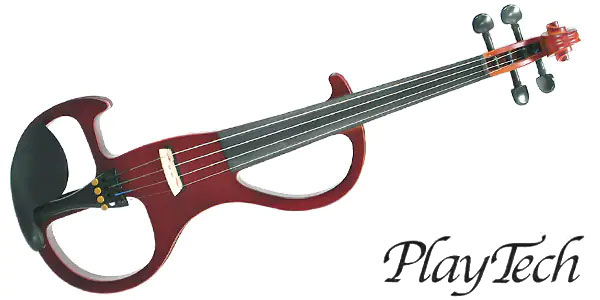

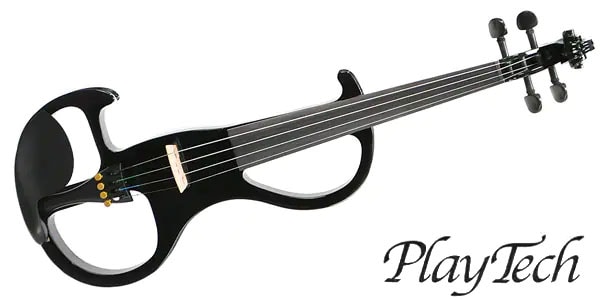

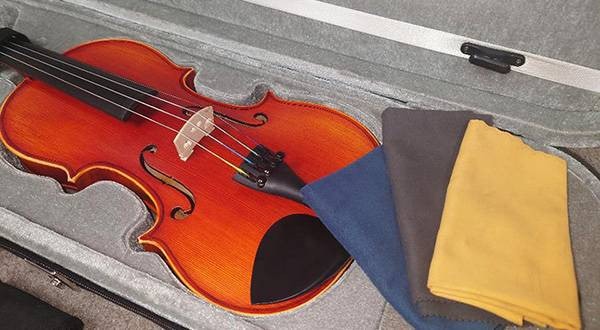
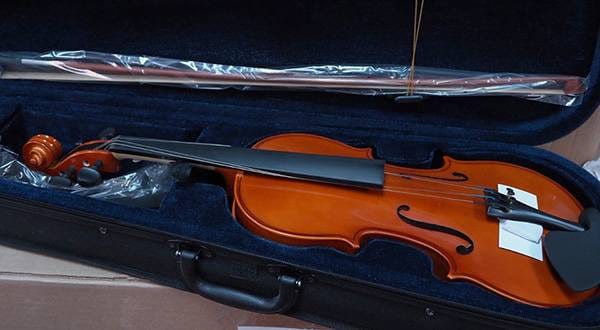
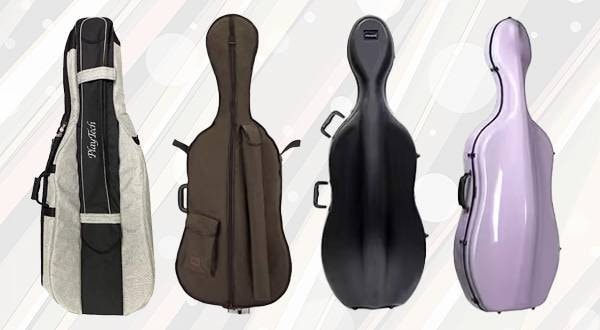
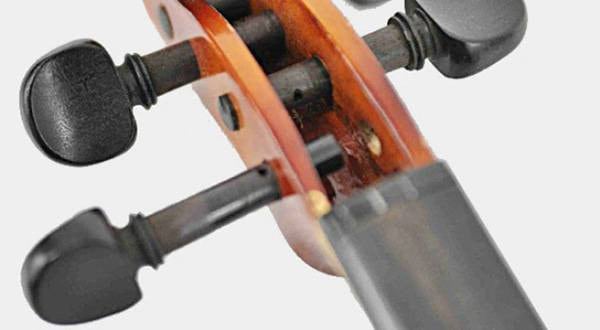
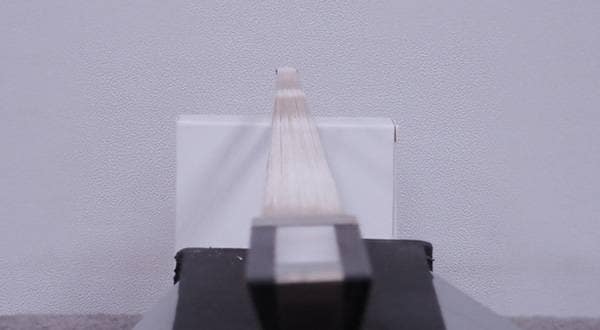
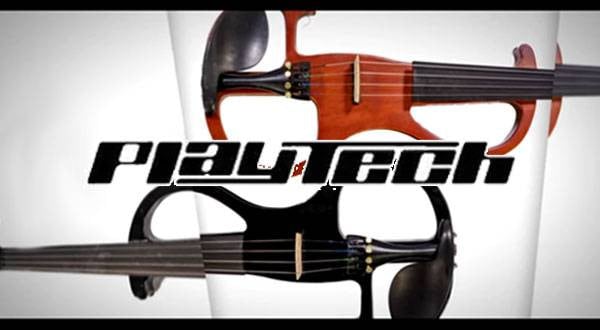




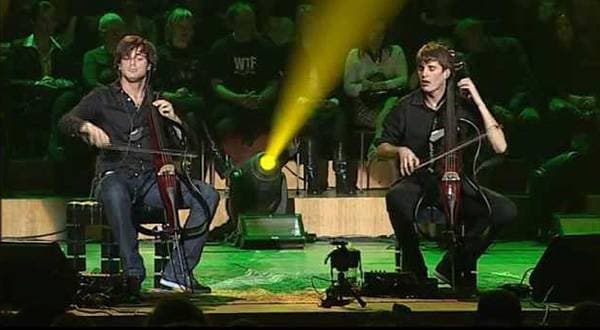
 バイオリンの手入れ
バイオリンの手入れ
 バイオリンの調弦(チューニング)
バイオリンの調弦(チューニング)
 失敗しないバイオリンの弦交換
失敗しないバイオリンの弦交換
 バイオリンの基本的な取り扱い
バイオリンの基本的な取り扱い
 弦楽器入門ガイド
弦楽器入門ガイド
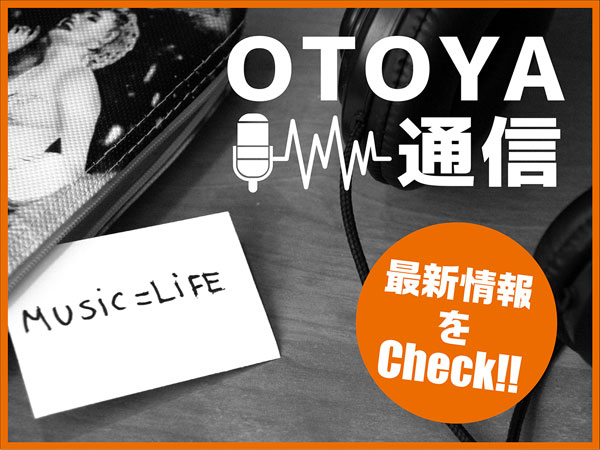 最新コラム&動画をCheck!! OTOYA通信
最新コラム&動画をCheck!! OTOYA通信















